How to Place a Rug in a Living Room
Placing a rug in your living room can instantly add warmth, texture, and style to the space. However, it's important to consider the placement and size of the rug to ensure it enhances the overall look and feel of the room. Here are some helpful tips for placing a rug in your living room.
5 Tips for Placing a Rug in Your Living Room
1. Measure the Space: Before purchasing a rug, it's essential to measure the space in your living room where you plan to place it. This will help you determine the right size and shape of the rug for the area. As a general rule, leave at least 18 inches of bare floor around the edges of the rug to create a balanced and visually appealing look.
2. Consider the Furniture: When deciding on the placement of your rug, consider the layout of your furniture. A common mistake is placing a small rug in the center of a large room, making the space feel disjointed and unbalanced. Instead, aim to have the front legs of your furniture on the rug, creating a cohesive and grounded look.
3. Layering Rugs: For a unique and cozy look, consider layering rugs in your living room. This can be achieved by placing a smaller rug on top of a larger one, or even layering multiple smaller rugs together. Just make sure to vary the patterns and textures to avoid a cluttered appearance.
4. Define the Space: A rug can also be used to define a specific area in your living room, such as a seating or dining area. In this case, make sure the rug is large enough to accommodate the furniture and create a designated space within the room.
5. Add Color and Pattern: A rug is an excellent opportunity to bring in some color and pattern to your living room. You can choose a bold and vibrant rug to make a statement, or opt for a more subtle pattern to complement the existing decor. Just be sure to consider the other elements in the room and choose a rug that ties everything together.
The Dos and Don'ts of Placing a Rug in a Living Room
Do:
Choose the right size rug for the space – As mentioned, it's crucial to measure the area and choose a rug that fits appropriately. A rug that is too small can make the room feel unbalanced, while a rug that is too large can overwhelm the space.
Think about the traffic flow – If your living room has a lot of foot traffic, consider a low-pile rug that will be easier to clean and maintain. For areas with less traffic, you can opt for a plush and cozy rug.
Use a rug pad – A rug pad not only provides extra cushioning and support, but it also helps prevent slipping and sliding, making your living room safer.
Consider the shape of the rug – While rectangular rugs are the most common choice, don't be afraid to mix it up with a round or square rug for added interest and dimension.
Don't:
Place a rug in direct sunlight – Sun exposure can cause fading and damage to your rug over time. If your living room gets a lot of natural light, consider using window treatments to protect your rug.
Forget to clean your rug regularly – Regular vacuuming and occasional professional cleaning will help keep your rug looking and feeling its best.
Choose a rug solely based on its appearance – While aesthetics are essential, it's also crucial to consider the material and durability of the rug, especially if you have pets or children in the house.
Choosing the Right Size Rug for Your Living Room
When it comes to choosing the right size rug for your living room, there are a few things to keep in mind. First, consider the size of your living room and the furniture layout. Ideally, the rug should be large enough to fit all of the furniture in the seating area, including the coffee table. However, if your budget or space does not allow for a large rug, you can opt for a smaller one and place just the front legs of the furniture on it.
The shape of the rug is also important. A rectangular rug is best for living rooms with a traditional furniture layout, while a round rug can add a touch of whimsy and softness to the space. Make sure the rug is at least 6-12 inches away from the walls to create a border and make the room feel more expansive.
Layering Rugs in a Living Room
Layering rugs is a great way to add texture and depth to your living room. To achieve this look, choose a larger rug as the base and then layer a smaller rug on top. You can mix and match different patterns, textures, and colors to create a unique and cozy feel.
For example, you can layer a patterned rug on top of a neutral one, or mix a shaggy rug with a flatweave rug. Just make sure to vary the sizes and shapes of the rugs for a visually appealing look.
Creating a Cozy Living Room with the Perfect Rug
A rug can instantly make your living room feel warm and inviting. To create a cozy and comfortable space, consider choosing a rug with a high pile or shaggy texture. This will not only feel soft and plush underfoot but also add a cozy and welcoming vibe to the room.
In addition to the material and texture, the color and pattern of the rug can also play a significant role in creating a cozy atmosphere. Opt for warm and earthy tones such as browns, beiges, and oranges, or choose a rug with a playful and colorful pattern to add some personality to the space.
Placing a Rug Under Furniture in a Living Room
Placing a rug under furniture in a living room is a great way to anchor the space and create a focal point. As mentioned, make sure the front legs of the furniture are on the rug to create a cohesive and balanced look. The rug should extend beyond the furniture, but not too far that it becomes a tripping hazard.
You can also use a rug to define a specific area in your living room, such as a reading nook or a conversation area. Just make sure to choose a rug that is large enough to accommodate the furniture and create a designated space within the room.
How to Choose the Best Rug Material for Your Living Room
The material of your rug can significantly impact its look, feel, and durability. Here are some popular rug materials and their characteristics:
Wool: Wool rugs are soft, durable, and easy to maintain. They are also naturally stain-resistant and come in a variety of colors and patterns.
Cotton: Cotton rugs are lightweight, easy to clean, and budget-friendly. They come in a range of colors and patterns but may not be as durable as wool rugs.
Synthetic fibers: Rugs made from synthetic fibers such as nylon, polyester, and olefin are budget-friendly and often stain-resistant. However, they may not be as soft or durable as natural materials.
Silk: Silk rugs are luxurious, soft, and have a beautiful sheen. However, they are more delicate and may require more maintenance and care.
Jute: Jute rugs are eco-friendly, affordable, and have a natural, earthy look. However, they may not be as soft and comfortable underfoot as other materials.
Using a Rug to Define a Space in Your Living Room
A rug is a great way to define a specific area in your living room, such as a seating or dining area. This not only creates a designated space within the room but also adds visual interest and dimension. Here are some tips for using a rug to define a space:
Choose the right size: The rug should be large enough to accommodate the furniture in the designated area. In a seating area, for example, the rug should extend beyond the edges of the furniture, creating a cohesive look.
Play with shapes: Don't be afraid to mix and match different rug shapes to create a unique and visually appealing look. For example, a round rug can add a soft and playful touch to a seating area.
Vary the patterns: If you have multiple rugs in a room, make sure the patterns vary to avoid a cluttered and overwhelming look. You can mix a patterned rug with a solid one, or choose different patterns that complement each other.
Incorporating Color and Pattern with a Rug in Your Living Room
A rug is an excellent opportunity to add some color and pattern to your living room. You can choose a bold and vibrant rug to make a statement, or opt for a more subtle pattern that complements the existing decor. Here are some tips for incorporating color and pattern with a rug:
Consider the existing color scheme: Take a look at the colors already present in your living room and choose a rug that complements them. You can go for a monochromatic look with a rug in varying shades of the same color, or add a pop of color with a contrasting rug.
Mix patterns: If your living room already has a lot of patterns, consider choosing a rug with a more subtle pattern or solid color. However, if your living room is mostly neutral, a bold and patterned rug can add some visual interest and personality.
Don't be afraid to experiment: A rug is a relatively easy and affordable way to switch up the look of your living room. Don't be afraid to try different colors and patterns until you find the perfect rug that ties everything together.
In conclusion, placing a rug in your living room can instantly enhance the space and make it feel more inviting and cozy. By considering factors such as size, placement, material, and design, you can choose the perfect rug that not only complements your living room but also adds a touch of style and personality. So go ahead and experiment with different rug options to create a warm and welcoming living room that you and your guests will love.
Additional Benefits of Placing a Rug in a Living Room

Aside from adding warmth, texture, and visual interest to a living room, a rug also has several other benefits. Adding a rug to your living room can help define the space and create designated areas for different activities. For example, you can place a rug under your seating area to create a cozy and intimate space for conversations, while a larger rug can be used to anchor the entire living room and tie all the furniture pieces together.
Improved Acoustics
/Retouched-Laura-Genevieve-horizontal-af3b84469eb848d99572faeda9950803.jpg)
Another advantage of placing a rug in a living room is improved acoustics. The soft fibers of a rug can help absorb sound, reducing echo and creating a more peaceful and inviting atmosphere. This is especially beneficial in large living rooms with hard flooring, where sound can easily bounce off the walls and create a noisy environment.
Protection for Floors and Furniture

In addition to its aesthetic and acoustic benefits, a rug can also serve as a protective layer for your floors and furniture. High-traffic areas in a living room, such as the space in front of a sofa or under a coffee table, are prone to scratches and wear and tear. Placing a rug in these areas can help prevent damage to your flooring and furniture, making it a practical and functional addition to your living room.
Furthermore, a rug can also help protect your floors from spills and stains. If you have young children or pets, a rug can be a great way to protect your floors from accidental spills and messes. Simply choose a rug made from durable and easy-to-clean materials, and you won't have to worry about permanent damage to your floors.
Easy to Change and Update

One of the best things about using a rug in your living room is that it is easy to change and update. If you like to switch up your home decor frequently, a rug can be a versatile and cost-effective way to do so. Whether you want to add a pop of color, introduce a new pattern, or change the overall style of your living room, simply swap out your rug for a fresh and updated look.
With all these additional benefits, it's clear that placing a rug in a living room is not just a decorative choice, but a practical and functional one as well. Consider adding a rug to your living room to elevate its design and enjoy all the extra perks it has to offer.



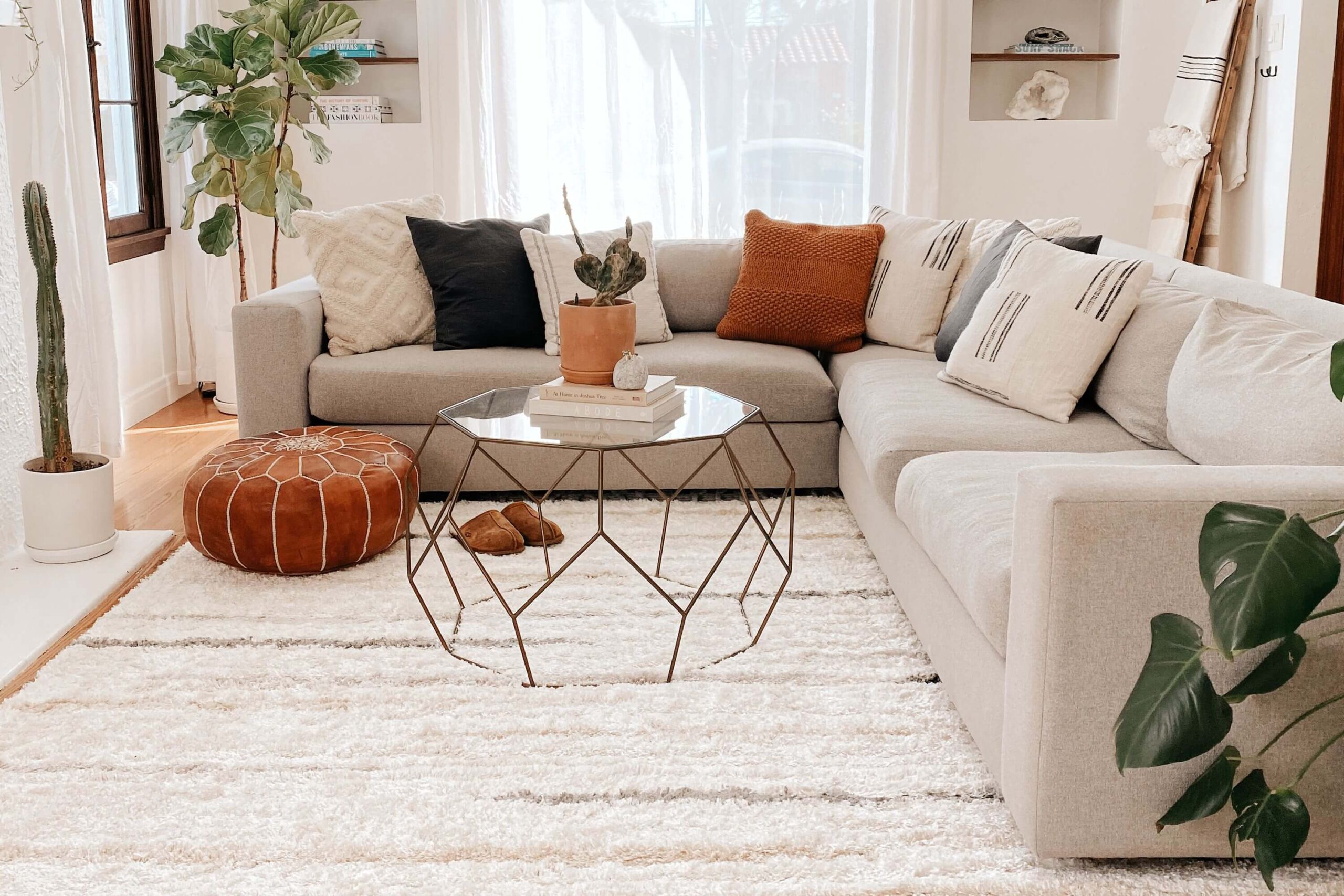


/AmyCooper-MarcellaAlanAfter1-5bef478326874b728b526bac19649802.jpg)








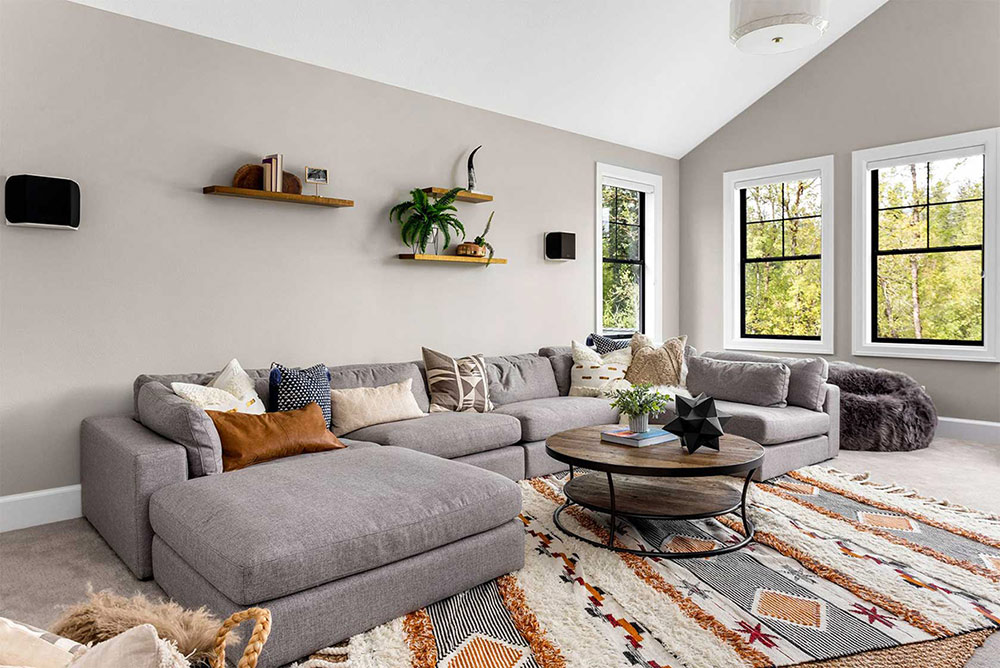
















/3c57467624397db54167f36ca4eece0f-586730ef3df78ce2c31c9fd6.jpg)










:max_bytes(150000):strip_icc()/things-to-think-about-when-layering-rugs-4092352-hero-29854f52ce2140608d27e9530a99eeb1.jpg)
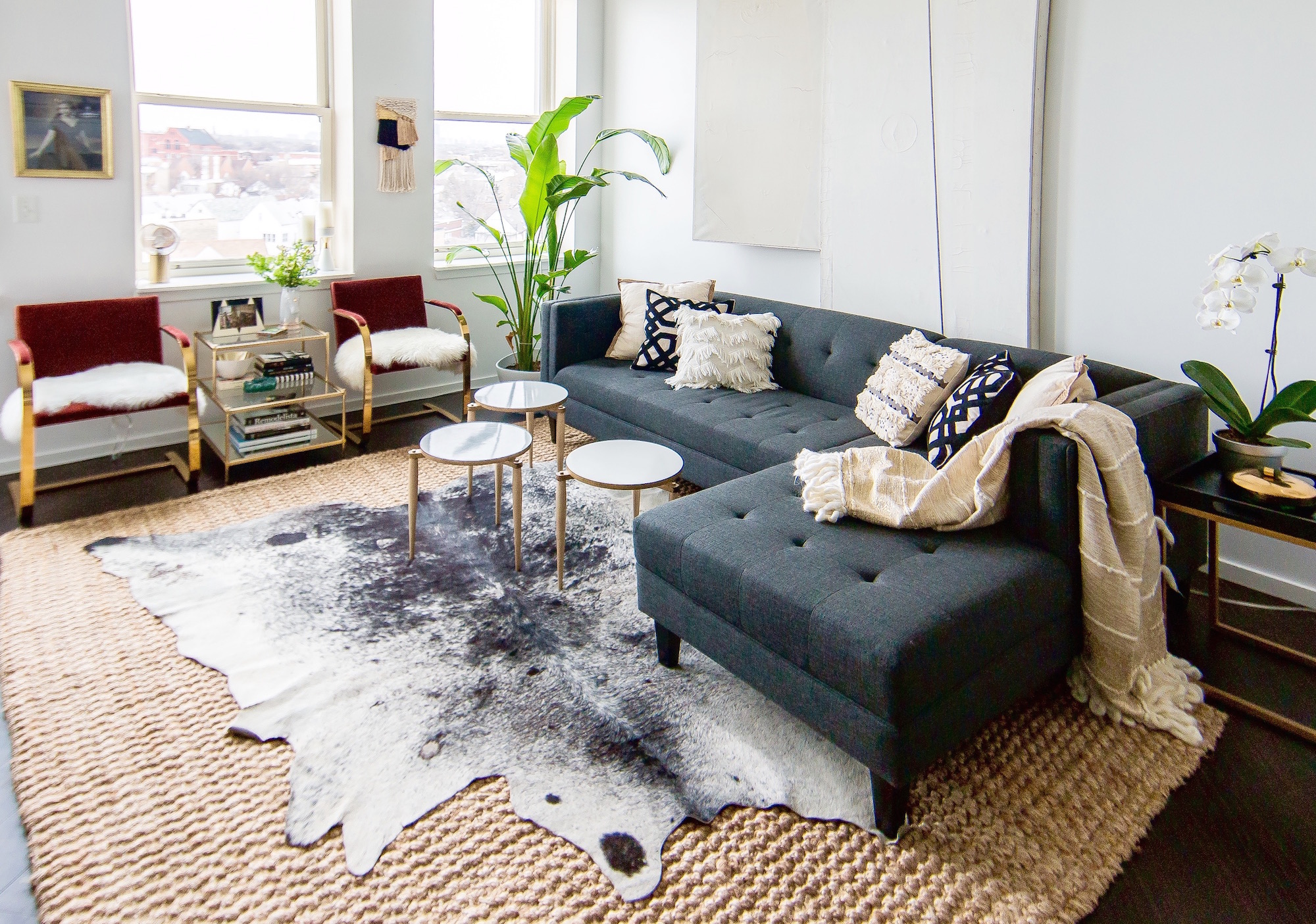











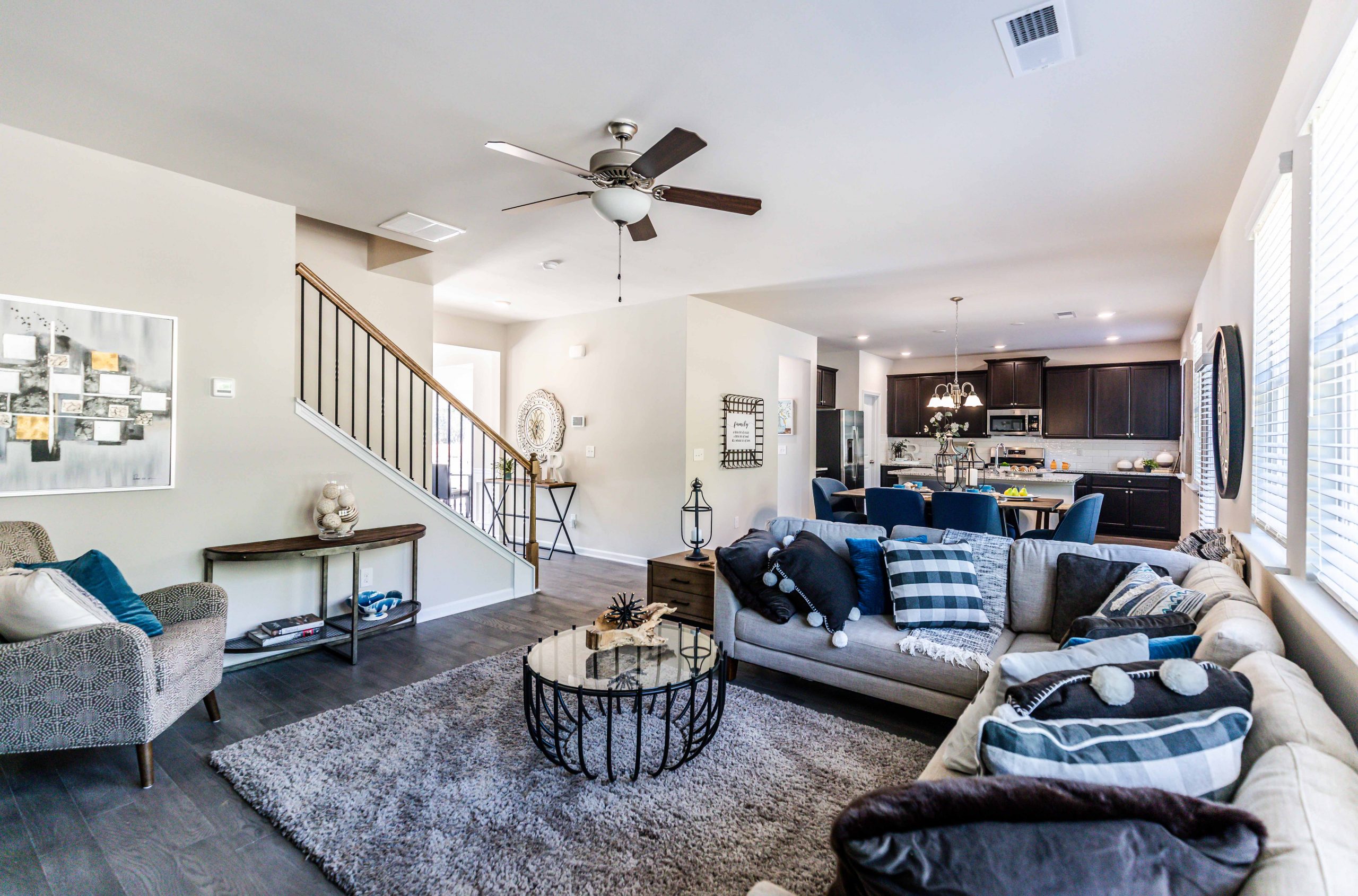


:max_bytes(150000):strip_icc()/orestudios_lonemadrone_05-0294eeaf854c4d8ebf34d13990996973.jpg)

/Cozy-living-room-with-vaulted-ceiling-589fb14d3df78c4758a5523e.png)
/Living-room-with-plaid-and-leather-furniture-589faf575f9b58819cb3fb05.png)






:max_bytes(150000):strip_icc()/living-room-area-rugs-1977221-e10e92b074244eb38400fecb3a77516c.png)


:max_bytes(150000):strip_icc()/bhg-best-bedroom-rugs-of-2022-to-spruce-up-your-space-tout-f1085db4535c40caa9b089196d144fdc.jpg)













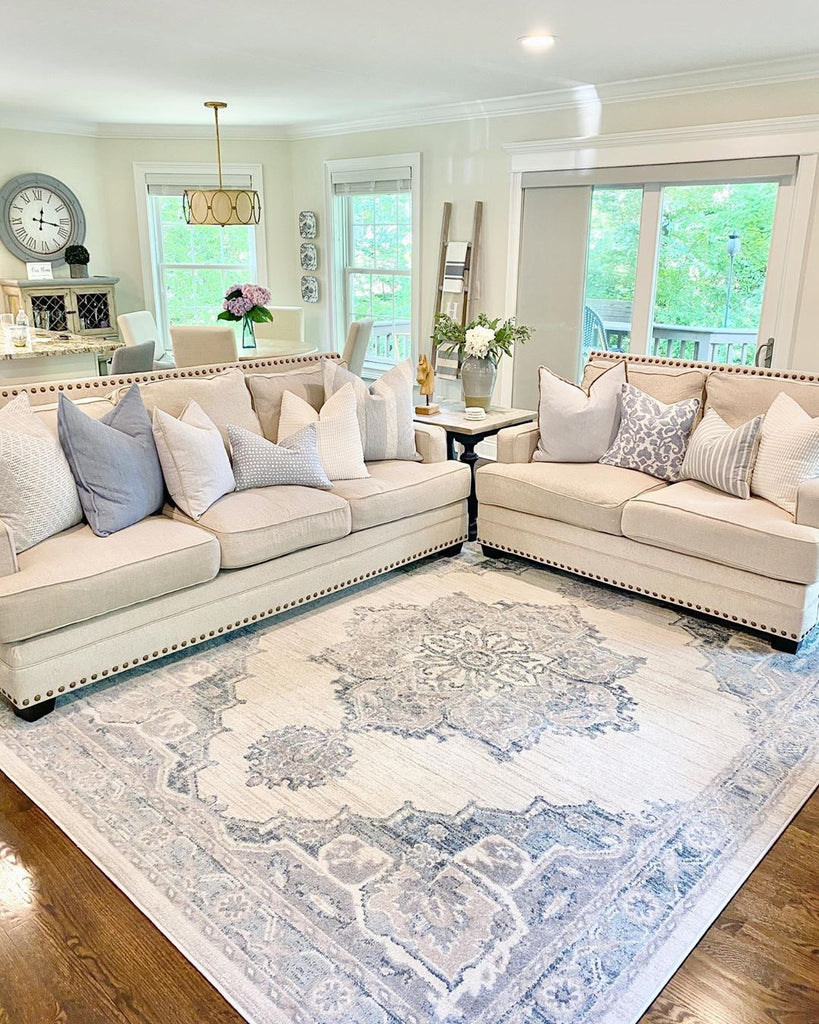



:extract_focal()/https://pocket-syndicated-images.s3.amazonaws.com/articles/5304/1596722483_at_housetours_2019-06_VivY-RhiannonSouthwell_AT_rhiannon_vivyapp-12.jpg)










